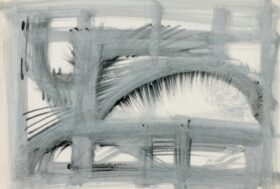Using multimodality to support cognitive loading in Maths: A Case Study
Written by: Katie Jump

5 min read
The study of multimodality, as explained by Bezemer (2012), ‘focuses on analysing and describing the full repertoire of meaning-making resources that people use (visual, spoken, gestural, written, three-dimensional, and others, depending on the domain of representation) in different contexts, and on developing means that show how these are organized to make meaning’.
When I first started reintroducing textbooks into my mathematics teaching on a regular basis, I became aware that the quantity of language in my ‘teacher-talk’ decreased and non-verbal gestures increased. I began to say less and to direct students to the images in the book to pose mathematical questions and to see a complete image of the mathematical concept, rather than watch as I drew a model as part of my explanation. The multimodal nature of the lessons shifted; at the same time, I also noticed that a specific group of students who found mathematics difficult were able to understand concepts and make connect
Join us or sign in now to view the rest of this page
You're viewing this site as a guest, which only allows you to view a limited amount of content.
To view this page and get access to all our resources, join the Chartered College of Teaching (it's free for trainee teachers and half price for ECTs) or log in if you're already a member.
This article was published in September 2018 and reflects the terminology and understanding of research and evidence in use at the time. Some terms and conclusions may no longer align with current standards. We encourage readers to approach the content with an understanding of this context.
0
0
votes
Please Rate this content
Please login to comment
0 Comments
Oldest
Newest
Most Voted
Inline Feedbacks
View all comments










